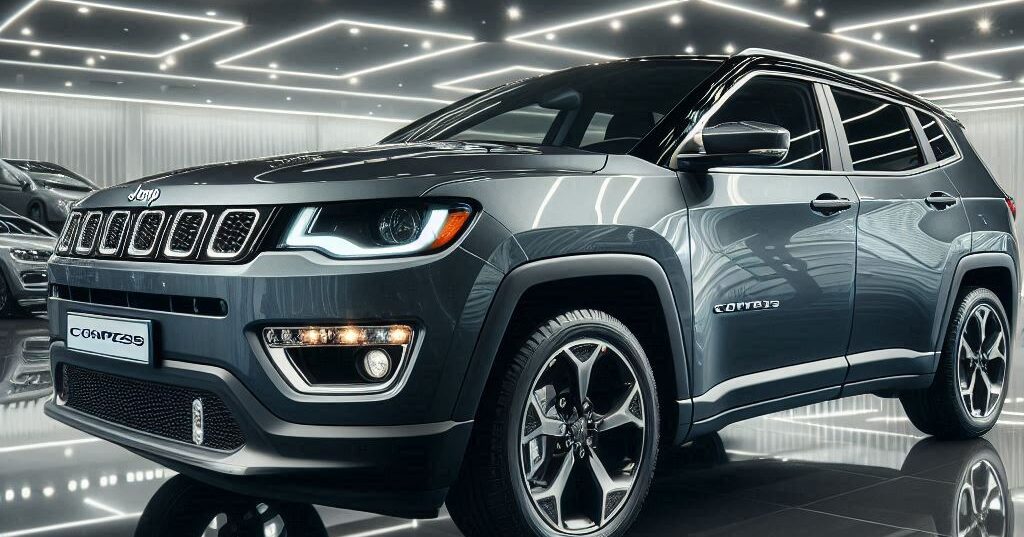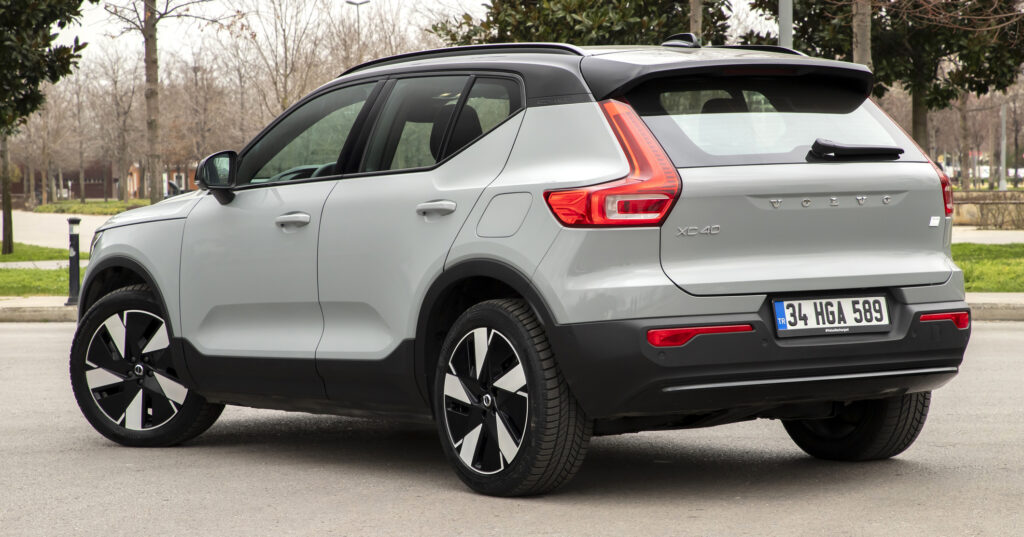The Future of Electric Vehicles: Trends to Watch in 2025
Introduction
As the world increasingly shifts towards sustainable practices, electric vehicles (EVs) have emerged as a critical component of this transition. The future of transportation is being redefined by advancements in technology, changing consumer preferences, and regulatory pressures aimed at reducing carbon emissions. By 2025, the landscape of electric vehicles is expected to undergo significant transformations, influencing everything from vehicle design and manufacturing to infrastructure development and market dynamics. This article explores key trends that are likely to shape the EV market in the coming years.

1. Increased Adoption of EVs
By 2025, the adoption of electric vehicles is projected to surge significantly. A combination of government incentives, falling battery prices, and heightened awareness of environmental issues will drive this trend. Many countries are setting ambitious targets to phase out internal combustion engine vehicles, which will encourage consumers to consider EVs as viable alternatives.
Key Drivers:
- Government Incentives: Many governments are offering tax rebates and subsidies to incentivize the purchase of electric vehicles, making them more financially accessible to consumers.
- Rising Fuel Costs: As fuel prices continue to fluctuate, EVs, with their lower operating costs, will become increasingly attractive.
- Public Awareness: Growing environmental concerns are prompting more consumers to choose eco-friendly options.
2. Advances in Battery Technology
One of the most critical factors influencing the future of electric vehicles is battery technology. By 2025, advancements in battery chemistry and manufacturing processes are expected to lead to increased energy density, faster charging times, and lower costs.
Innovations to Watch:
- Solid-State Batteries: These promise higher energy density and safety compared to traditional lithium-ion batteries. As manufacturers invest in this technology, we may see the first solid-state EVs hit the market by 2025.
- Improved Recycling Methods: As EV adoption grows, so does the need for sustainable battery disposal and recycling. Innovations in recycling processes can help reclaim valuable materials, reducing environmental impact.

3. Expansion of Charging Infrastructure
The growth of electric vehicles will necessitate a corresponding expansion of charging infrastructure. By 2025, we can expect a significant increase in the number of charging stations, both public and private, to support the rising number of EVs on the road.
Key Developments:
- Fast Charging Networks: The development of ultra-fast charging stations will reduce charging times to mere minutes, making long-distance travel more feasible for EV owners.
- Smart Charging Solutions: Integration of smart technology will allow users to schedule charging during off-peak hours, optimizing energy consumption and reducing costs.
4. Diverse Vehicle Offerings
The EV market is no longer limited to sedans. By 2025, consumers will have access to a broader range of electric vehicle types, including SUVs, trucks, and even commercial vehicles. This diversification will cater to different consumer needs and preferences, making EVs more appealing to a wider audience.
Trends to Consider:
- Electric SUVs and Trucks: As demand for larger vehicles continues, manufacturers are increasingly focusing on electric SUVs and trucks, which are expected to dominate the market.
- Electric Mobility Solutions: Beyond personal vehicles, we will see a rise in electric buses, delivery vans, and other commercial applications, contributing to a more sustainable transport ecosystem.
5. Integration of Autonomous Technologies
As electric vehicles continue to evolve, many manufacturers are also integrating autonomous driving technologies. By 2025, we may see a convergence of EVs and self-driving technology, creating a new paradigm for transportation.
Key Innovations:
- Advanced Driver-Assistance Systems (ADAS): Many EVs will come equipped with enhanced safety features that utilize sensors and AI to assist drivers, paving the way for fully autonomous vehicles.
- Mobility-as-a-Service (MaaS): The combination of EVs and autonomous technology could lead to the rise of shared mobility services, where consumers can access electric self-driving cars on-demand.

6. Focus on Sustainability and Ethical Production
The EV market is increasingly recognizing the importance of sustainable practices, not only in vehicle operation but also in manufacturing and sourcing materials. By 2025, manufacturers are expected to adopt more ethical and sustainable production methods.
Considerations:
- Sustainable Sourcing: Companies will focus on responsibly sourcing materials used in battery production, such as lithium and cobalt, to minimize environmental impact and ensure ethical labor practices.
- Circular Economy Models: Automakers will explore ways to implement circular economy principles, where materials are reused and recycled, reducing waste and promoting sustainability.
Conclusion
The future of electric vehicles is bright, with significant advancements expected by 2025. From increased adoption driven by consumer demand and government initiatives to innovations in battery technology and charging infrastructure, the landscape of transportation is set to change dramatically. As automakers diversify their offerings and integrate sustainable practices, the shift toward electric mobility will not only transform the automotive industry but also contribute to a more sustainable future. Embracing these trends will be essential for businesses, consumers, and policymakers alike, as we move toward a greener and more efficient transportation ecosystem.
